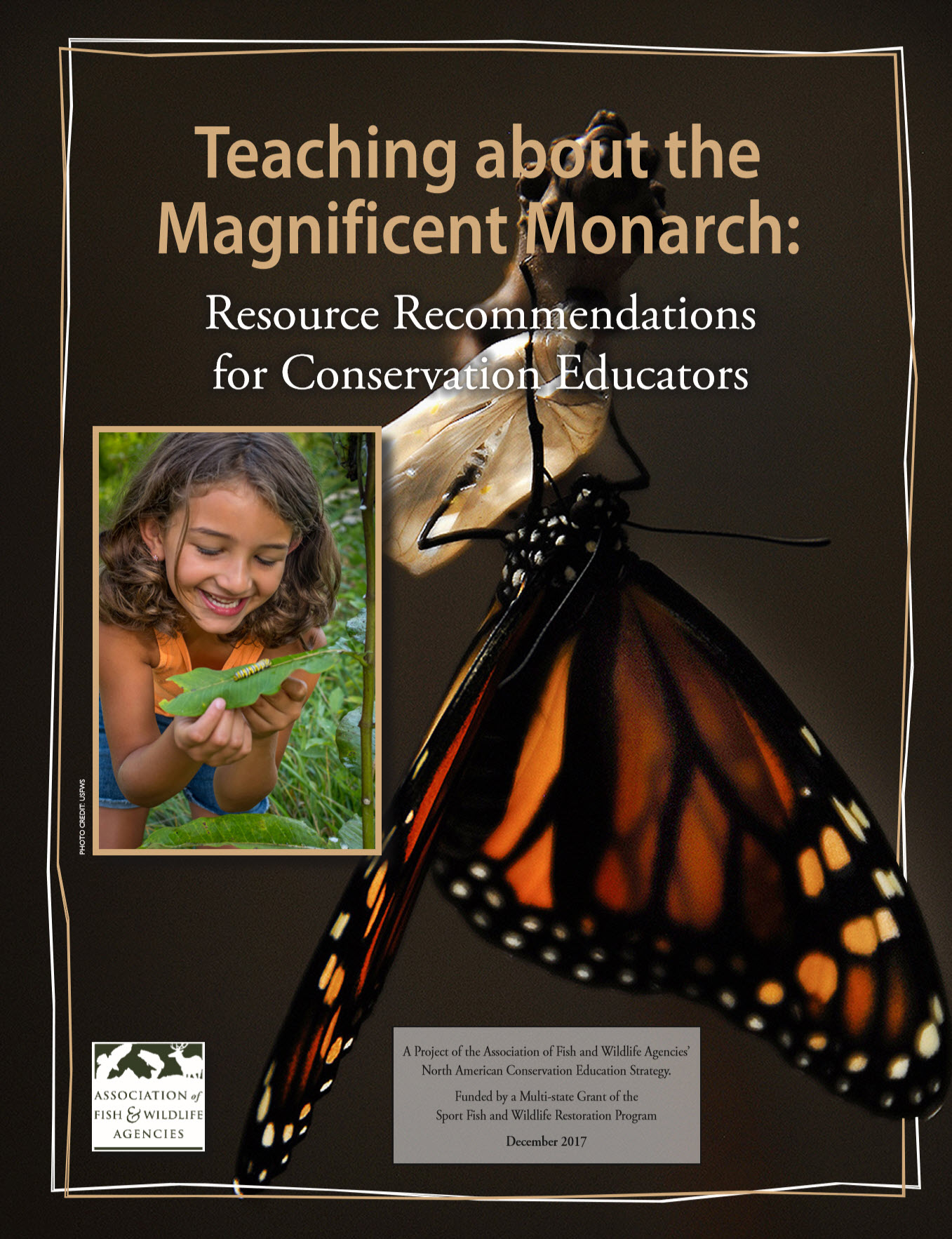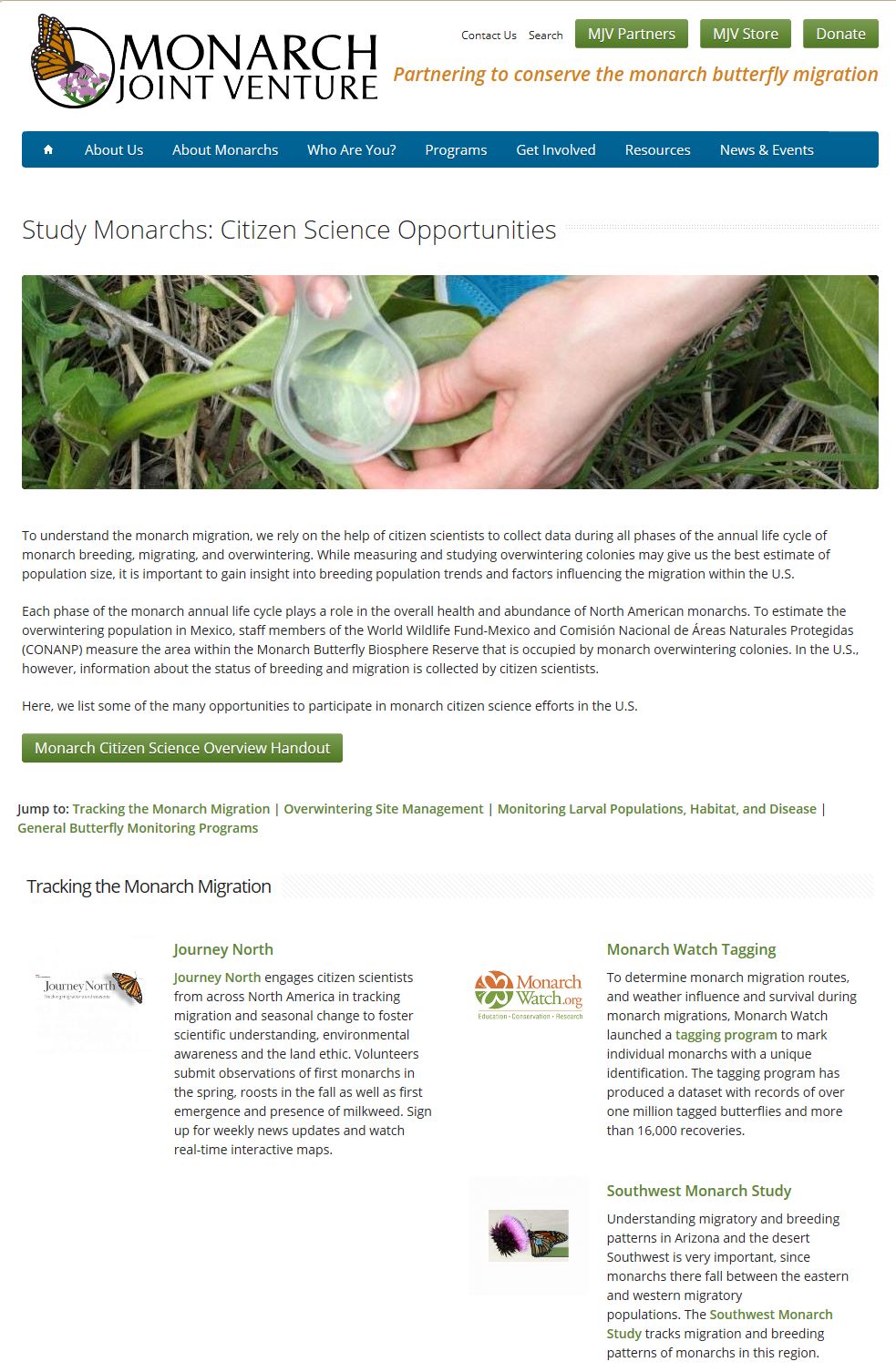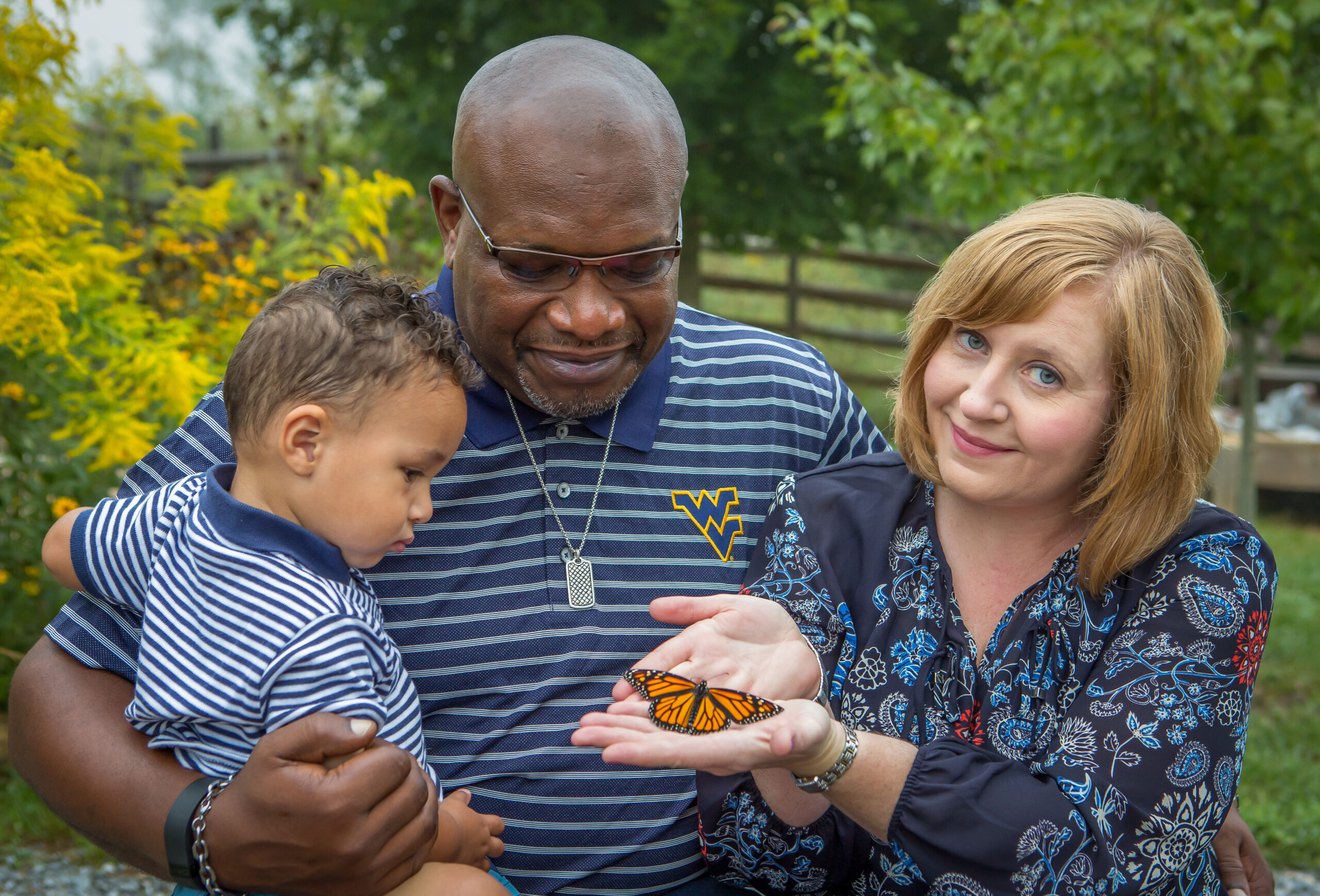Monarch Butterfly – Educational Toolbox
Meet Dr. Francis Villablanca, a professor at Cal Poly University, and learn about the amazing migration and life of the Monarch Butterfly, and the technology that is used to track these butterflies over thousands of miles.
The monarch butterfly is one of the most recognizable species in North America and it’s in trouble. Monarchs inspire people; and their habitat supports pheasant, quail, waterfowl and many other species. Their habitat also provides outdoor recreation opportunities, like hunting and wildlife observation. Habitat loss and fragmentation has occurred throughout the monarch’s range. Pesticide use can destroy the milkweed monarchs need to survive. A changing climate has intensified weather events which may impact monarch populations.
Numbers of monarchs have decreased significantly over the last 20 years, but together we can save the monarch. In the United States, there is a massive effort to provide habitat for monarch butterflies, imperiled bumble bees and other pollinators. There is no one group or agency responsible for providing habitat needed for monarch conservation. All organizations, agencies and individuals must work together to improve, restore and create grassland habitats to save monarchs.
No matter who you are or where you live, you can get involved today. Start by planting milkweed and nectar plants that are native to your area. Garden organically to minimize your impacts on monarchs, their food plants and other pollinators. Become a citizen scientist and monitor monarchs in your area. Educate others about pollinators, conservation and how they can help.
Facebook LIVE Episode
Date recorded: 2020-05-21
Speaker: Brett Billings, Host, USFWS; Mara Koeing, Pollinator Expert, USFWS
Description: Learn all about Monarch Butterflies. Join host, Brett Billings, as he discusses monarch butterfly migration and habitat with Pollinator Outreach specialist, Mara Koenig. They will also show you wintering monarchs and easy ways to help pollinators at home.






